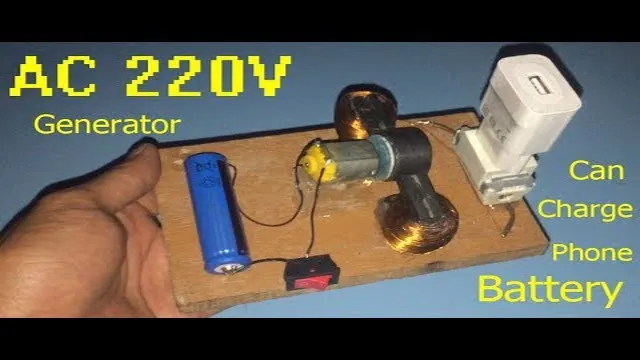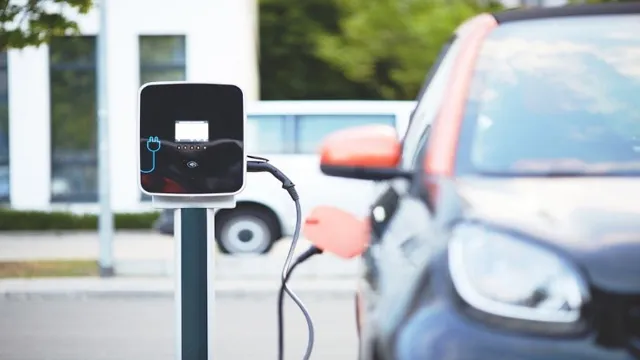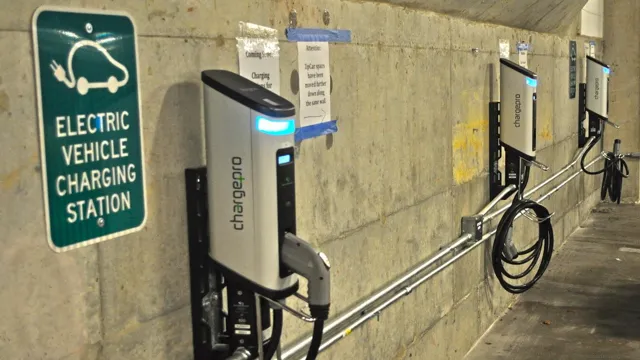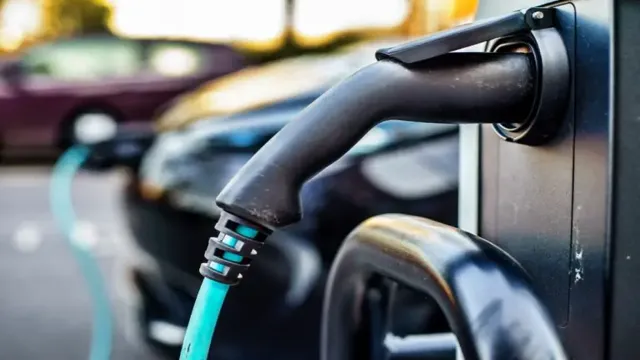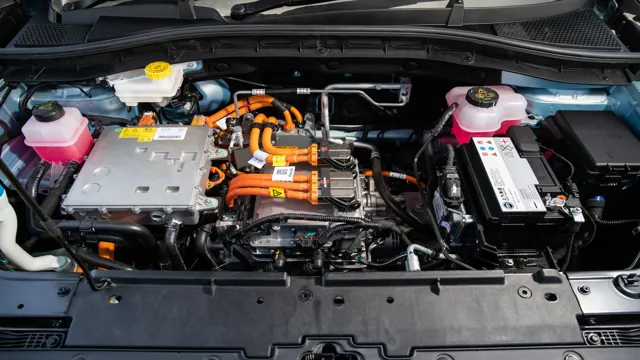220V Power Surge: Can You Safely Charge Your Phone? Find Out Now!
Do you find yourself in a foreign country with a dead phone and no idea how to charge it with the different voltage? Or maybe you’re simply curious about the process of charging your phone with 220 volts? Look no further! Charging your phone with 220v may seem daunting at first, but with the right equipment and knowledge, it’s a breeze. In this blog, we’ll break down the steps on how to safely charge your phone with 220v and provide you with tips on what to look for when purchasing adapters and converters. So sit back, relax, and let’s dive into the world of charging your phone with 220v!
Understanding Voltage
“Can I charge my phone with 220v?” Yes, you can charge your phone with 220v, but it’s essential to understand what voltage means and how it affects your phone. Voltage is the amount of electrical energy in a circuit, and it’s measured in volts. Different countries have different voltage systems, ranging from 110v to 240v.
In the United States, for example, the voltage is 110v, while in Europe, it’s 220v. If you’re traveling to a different country, you need to ensure that your phone’s charger is compatible with the voltage system there. Most modern phone chargers can handle different voltage inputs, so you don’t have to worry about damaging your device.
However, it’s always a good idea to check the charger’s label to be sure. So, to answer the question of whether you can charge your phone with 220v – the answer is yes, as long as you have a charger that’s compatible with the voltage system in that country.
What is 220v?
Voltage Voltage, also known as electric potential difference, is a measure of the “push” or “force” of an electric current flowing through a circuit. In simpler terms, voltage is the difference in electric potential between two points in a circuit. A 220-volt outlet is a commonly used electrical outlet in many countries, including Europe and some parts of Asia.
It supplies a voltage of 220 volts, which is twice the amount of a standard 110-volt outlet found in the United States. The higher voltage allows for more powerful appliances, such as dryers and ovens, to be used without overloading the circuit. It’s important to note that the voltage of an electrical appliance or device must match the voltage of the outlet it’s being connected to, otherwise, it could damage the appliance or cause an electrical shock.
Understanding voltage is important in ensuring the safety and proper functioning of your electrical appliances and devices.
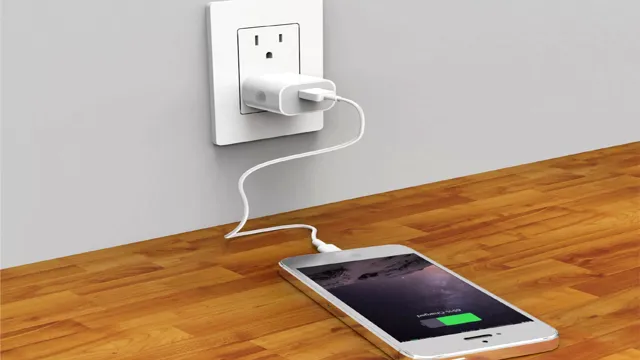
How does 220v compare to other voltages?
Understanding Voltage: How does 220v compare to other voltages?
Voltage is the measure of electric potential energy per unit charge that an electrical circuit possesses. In simpler terms, voltage is the force that pushes an electric current through a conductor. The voltage rating of a device refers to the maximum voltage it can handle safely.The most common voltage rating used worldwide is 220v, which refers to the voltage of the electric supply in most homes and offices. Compared to other voltages used in electrical systems, 220v is relatively high. In the United States, for instance, the standard voltage rating is 120v, while in some other countries, such as Japan, it is 100v.
High-voltage circuits, on the other hand, can have ratings ranging from 1,000v to as high as 800,000v in some power grids. Regardless of the voltage rating, the amount of electrical energy supplied to a device depends on the current flowing through it and its resistance. Higher voltages can allow for more current flow, which in turn can provide more power to a device.
However, higher voltages also carry a higher risk of electrical shock and fire hazards, which is why it’s essential to use electrical devices that can handle the voltage rating of your electric supply. In summary, voltage is a critical aspect of electrical systems, and understanding its role in powering electrical devices is essential. While 220v is a relatively high voltage rating, it’s crucial to ensure that your devices can handle this rating to ensure safety and optimal performance.
Charging Your Phone with 220v
If you’re travelling to another country or using an electronic device with a different voltage, you might be wondering if you can charge your phone with 220v. The answer is yes, most phone chargers can handle a voltage range between 100-240v, making it compatible with the 220v power supply commonly found in many countries outside the US. However, make sure to use a plug adapter if the country uses a different outlet type, and check that your charger is designed to work with the specific phone model you have.
It’s always a good idea to double-check the voltage compatibility before plugging in your charger to avoid any potential damage or accidents. So don’t worry, you can still stay connected while travelling abroad as long as you have a compatible charger and plug adapter.
Can You Use 220v to Charge Your Phone?
The answer is yes, you can use 220v to charge your phone. In fact, many countries outside of the United States utilize this voltage for everyday use. The key to safely charging your phone is to have the proper adapter and plug that is compatible with the outlet.
Using the wrong adapter or plug can result in damage to your phone or even electrical shock. It’s important to always double check the voltage and plug before attempting to charge your phone in a foreign country. With the proper equipment, charging your phone with 220v can be just as safe and efficient as using 110v in the United States.
What Type of Charger Do You Need?
When it comes to charging your phone with 220v, you might wonder what type of charger you need. The answer is pretty simple: you need a charger that can handle the voltage and frequency of 220v power outlets. In most cases, this means that you’ll need an adapter that can convert the voltage from 220v to the voltage your phone’s charger is designed for, which is likely to be either 5 volts or 9 volts.
Be sure to check the specifications of both your phone and its charger to ensure that you’re using the right type of adapter – using the wrong voltage could damage your phone’s battery or potentially even start a fire. If you’re traveling internationally, it’s also worth noting that the type of plug you’ll need may vary depending on the country you’re visiting. However, most modern chargers are designed to be used with a variety of different plugs, making it relatively easy to find the right one for your needs.
So, whether you’re traveling abroad or simply charging your phone at home, make sure you have the right charger and adapter for your device to ensure a safe and effective charge.
Safety Precautions When Using 220v
When it comes to using 220v outlets for charging your phone, there are several safety precautions you should take to avoid any accidents. First, make sure you are using the correct charger that is compatible with 220v outlets. Using a charger that is not meant for a higher voltage can cause damage to your phone or potentially start a fire.
Additionally, use a power strip with surge protection to prevent any power surges or fluctuations from damaging your phone. Never touch the outlet or charger with wet hands, and ensure that the outlet is not damaged or loose. Lastly, never leave your phone charging unattended for long periods as this creates the risk of overheating.
By taking these precautions, you can use a 220v outlet safely and effectively to charge your phone.
Alternatives to Using 220v
If you’re traveling to a country that uses 220v instead of the standard 110v, you might be wondering if you can still charge your phone without a converter. The good news is that most modern smartphones and chargers are designed to work with both 110v and 220v. So, yes, you can still charge your phone with 220v.
However, it’s always a good idea to double-check the voltage range of your charger or device before plugging it in. Additionally, if you don’t want to invest in a voltage converter, you can opt for a portable power bank that can charge your phone on-the-go without the need for an electrical outlet. These come in varying sizes and can be a lifesaver if you’re traveling or in a location without easy access to electricity.
Don’t let voltage differences derail your charging plans – with these alternatives, you can stay powered up no matter where you go.
Other Charging Options
If you don’t have access to a 220v outlet but still want to charge your electric vehicle, there are alternative options available. One option is to use a standard 120v outlet, but keep in mind that it will take longer to fully charge your vehicle. Another option is to look for public charging stations, which can be found in various locations such as shopping malls, parks, and universities.
You can find these charging stations using various apps and websites such as PlugShare. Some automakers also offer portable Level 2 chargers that can be used with a 120v outlet, which can be convenient when travelling. However, it’s important to check the compatibility of these chargers with your specific vehicle model.
If you have a compatible generator, you can also use it as a backup source for charging your EV. These options, while not as fast as a 220v outlet, can still provide convenience and flexibility for EV owners.
Portable Chargers
When traveling or camping, finding an electrical outlet to plug in your device can be difficult. This is where portable chargers come in handy as a great alternative to using 220v. They are small, compact, and can be taken anywhere you go.
Portable chargers usually come equipped with rechargeable batteries and varying capacities to meet different needs. You can easily charge your phone, laptop, or tablet while on the go without the need for an electrical outlet. They are particularly useful in situations where you need your device, but there is no power source around.
Whether you’re on a hike or in a remote area, a portable charger can keep your technology alive. So, next time you head outdoors, make sure you bring a portable charger along with you. It can save you from the frustration of running out of battery power during an important moment.
Conclusion
In conclusion, the answer to “Can I charge my phone with 220V?” is a resounding yes! As long as your phone charger and adapter are designed to handle the voltage, you should have no problem keeping your device juiced up and ready to go. Just remember to always double-check your equipment and use caution when dealing with electrical outlets. After all, we want to keep ourselves charged and plugged in, not fried and burned out!”
FAQs
Is it safe to charge my phone with 220v?
Yes, as long as your phone charger is designed to handle 220v. Check the label on your charger to make sure it’s rated for the voltage in your country.
Can I use a 220v charger on a phone with a 110v battery?
No, using a charger with a different voltage than your phone’s battery can damage the battery and the phone. Always check the voltage rating on your charger before using it.
What happens if I use a non-standard charger on my phone?
Using a non-standard charger can damage your phone’s battery or cause it to overheat. Always use a charger that is designed for your phone’s make and model.
Can I use a universal charger to charge my phone?
Yes, you can use a universal charger as long as it is designed for your phone’s make and model and is rated for the voltage in your country. Make sure to read the instructions carefully before using the charger.

